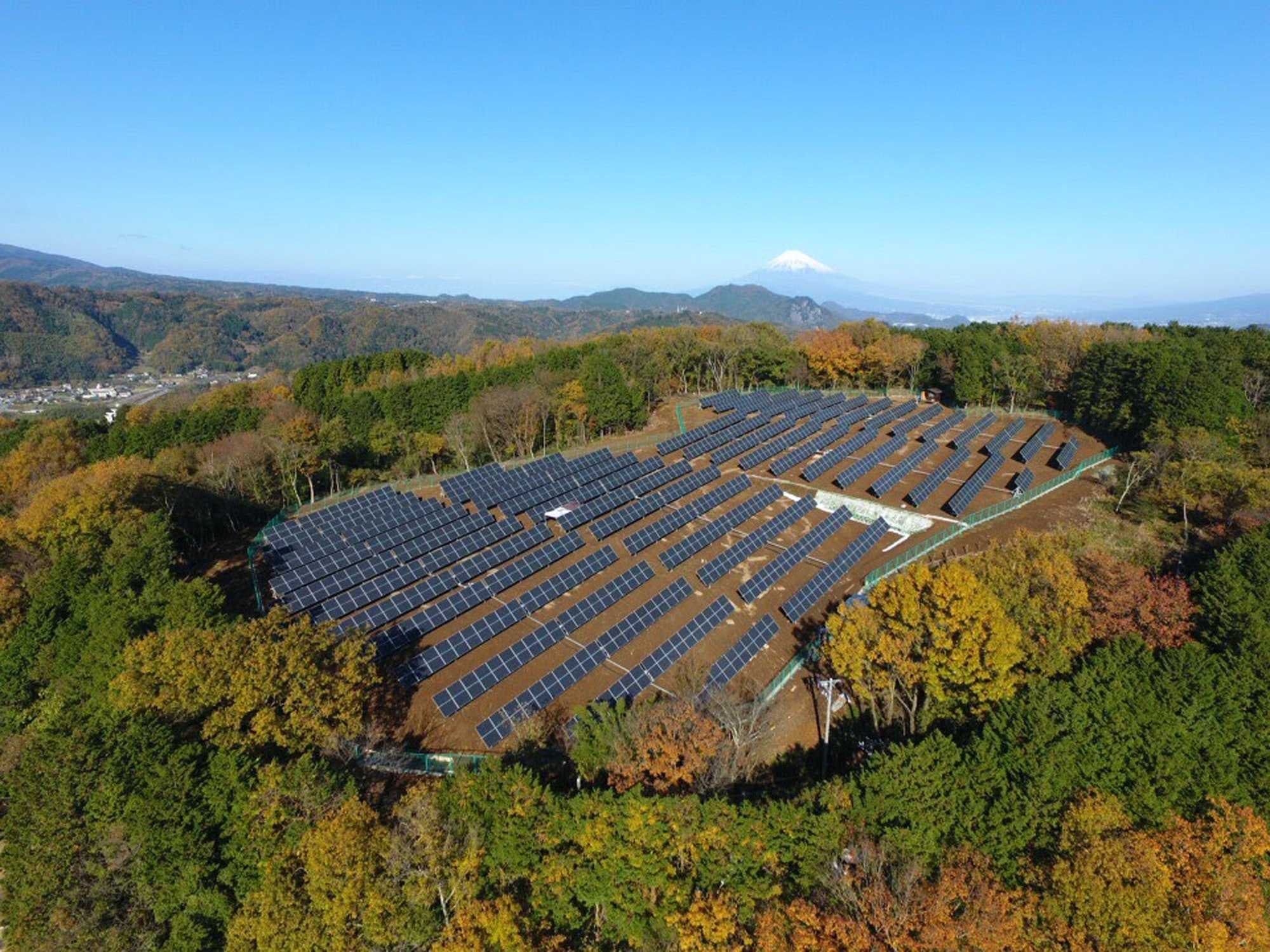The Problem Community Solar Solves
By Kevin Purdy

The U.S. solar industry was booming, until a very strange and unexpected Commerce Department investigation ground everything to a halt. Despite the slowdown, we expect rooftop solar is here to stay.
There’s just one kinda big problem: most people can’t get their own panels. That’s one of the surprising things I learned in doing research for our latest guide to community solar.
According to recent research experts, the most optimistic view is that 66 percent of U.S. homes can’t install solar panels right now, whether because they’re rented or multi-family buildings, have tricky roofs or sun angles, or simply can’t finance them. The National Renewable Energy Laboratory puts the number closer to 85 percent.
I was shocked, but slightly comforted. As Carbon Switch’s senior staff writer, I help people find ways to cut fossil fuels out of their homes. As an apartment dweller in Washington, D.C., my options are far more limited. I can’t change out my A/C for a heat pump, insist on a hybrid water heater, or ask my building to mark one of its solar panels for my own use. More concerning is that, living relatively close to coal country, 58% of my electrical power is generated with fossil fuels.
That’s why over the last month I’ve been researching the community solar market and searching for the best options.
Based on my research, I think Arcadia is the best community solar provider. There are no upfront costs or commitments, and most customers get a 10% discount on their electric bill immediately. They’re not active in every state, but you can sign up for a waitlist that will keep your place when a farm is ready. You can search out other options, but be sure to closely read your costs and terms.
Not all switch-your-electricity sign-ups are the same, or have the same outcomes. Before I learned about community solar, I’d received a pile of letter mail offers to “get 100% clean, pollution-free energy.” After double-checking that these “Important Update” and “Second Attempt” letters weren’t from my actual utility, it seemed I could authorize a switch, route myself cleaner power, and, sure, I’d pay a bit more.
But that’s not how it works. Those letters, from CleanChoice Energy, were (aggressively) offering to offset my electric usage against renewable energy certificates (RECs). In some ideal rational-market world, buying up RECs would encourage more renewable power projects. Whether this really happens is disputed, and that’s before you dig into the transparency of your own mix of RECs.
According to the Daily Beast, CleanChoice has been involved in multiple lawsuits and has received hundreds of bad reviews from customers that accuse the company of misleading them.
So community solar looks like a much better way forward for those without their own panels. But there’s still a long way to go. Another discovery from this guide was the way that utility companies actively block projects like community solar farms–and that some of the best ways to understand this come from John Oliver and one of the Property Brothers.
By signing up for community solar, I’m supporting a nearby farm, feeling slightly better about my power mix, and hopefully spurring more solar development here. It’s not a heat pump, but it’s something.
